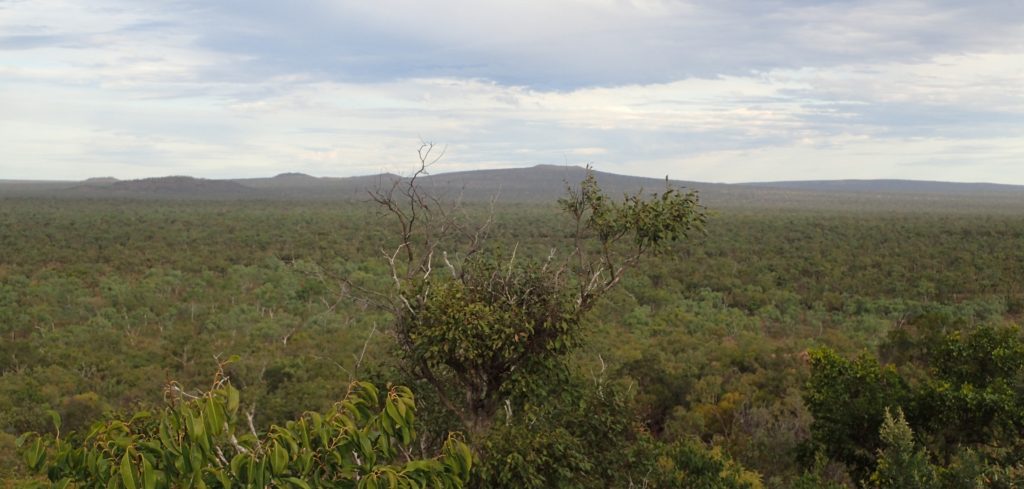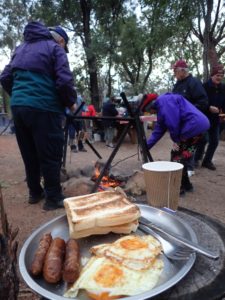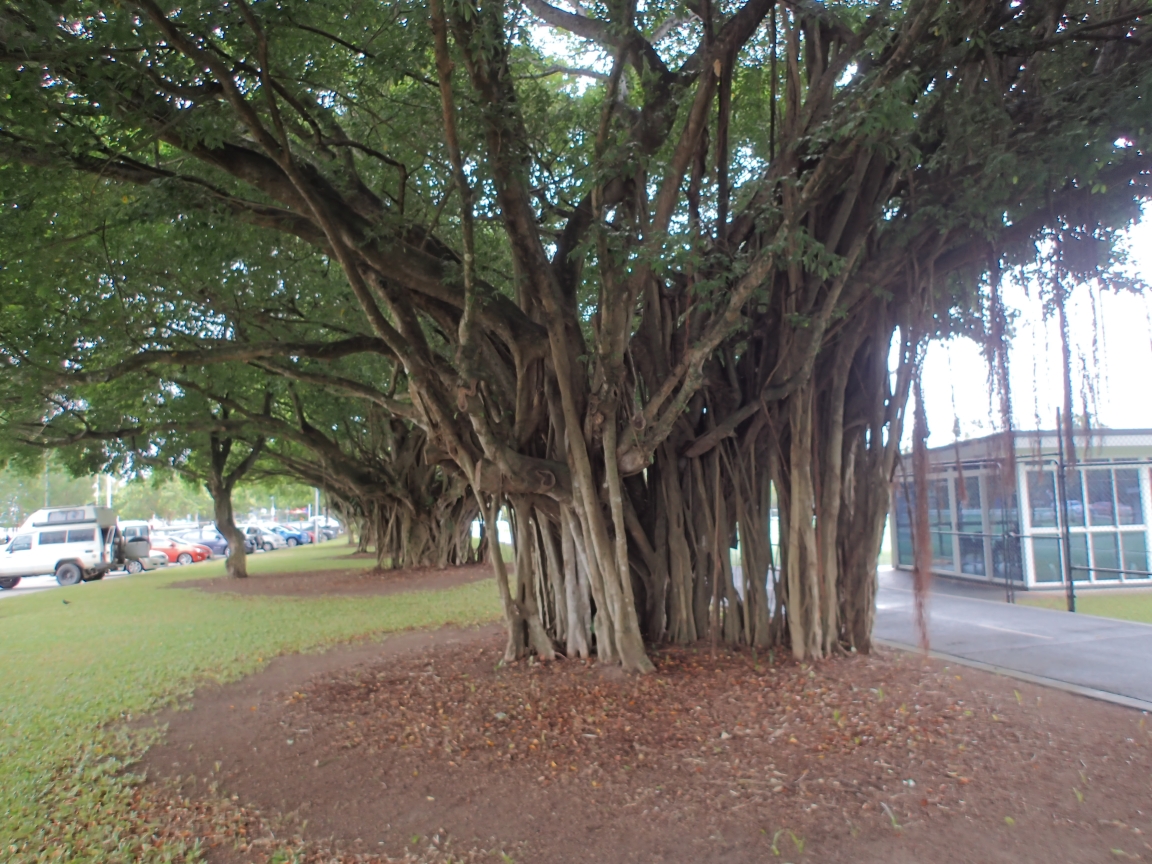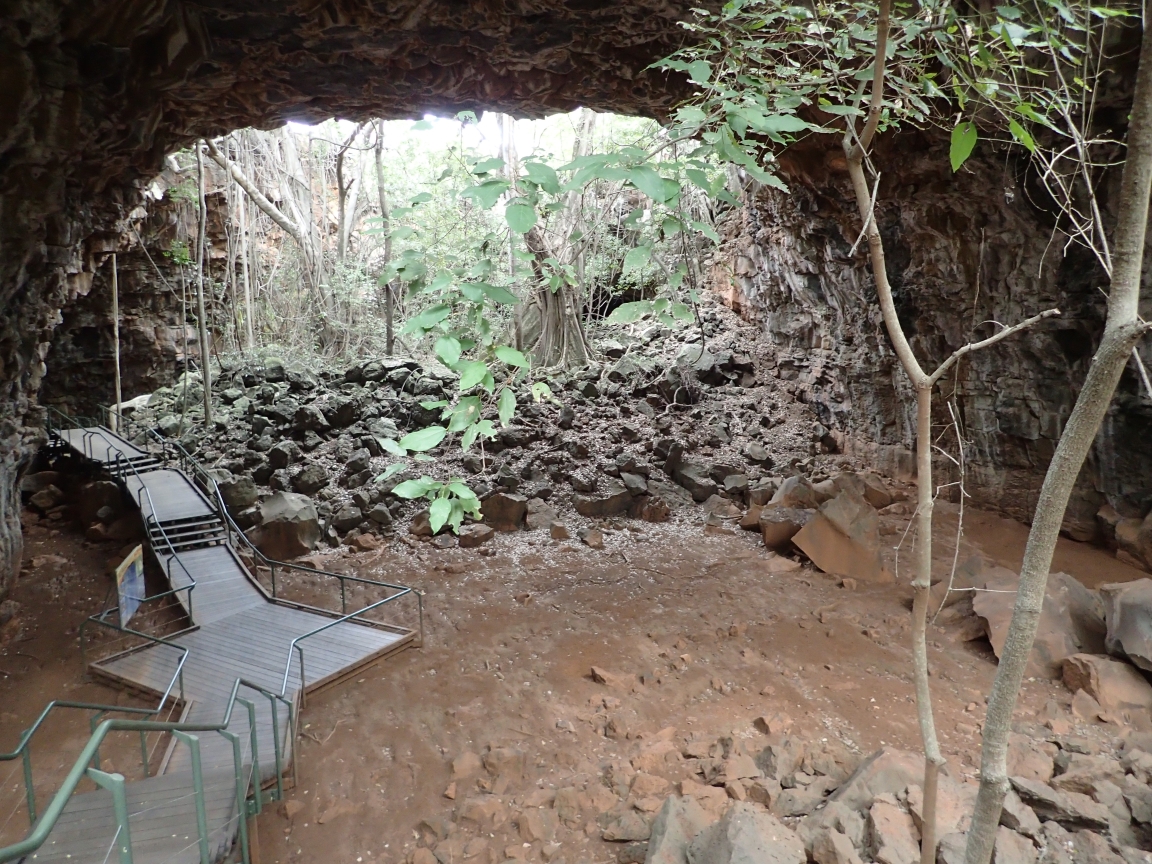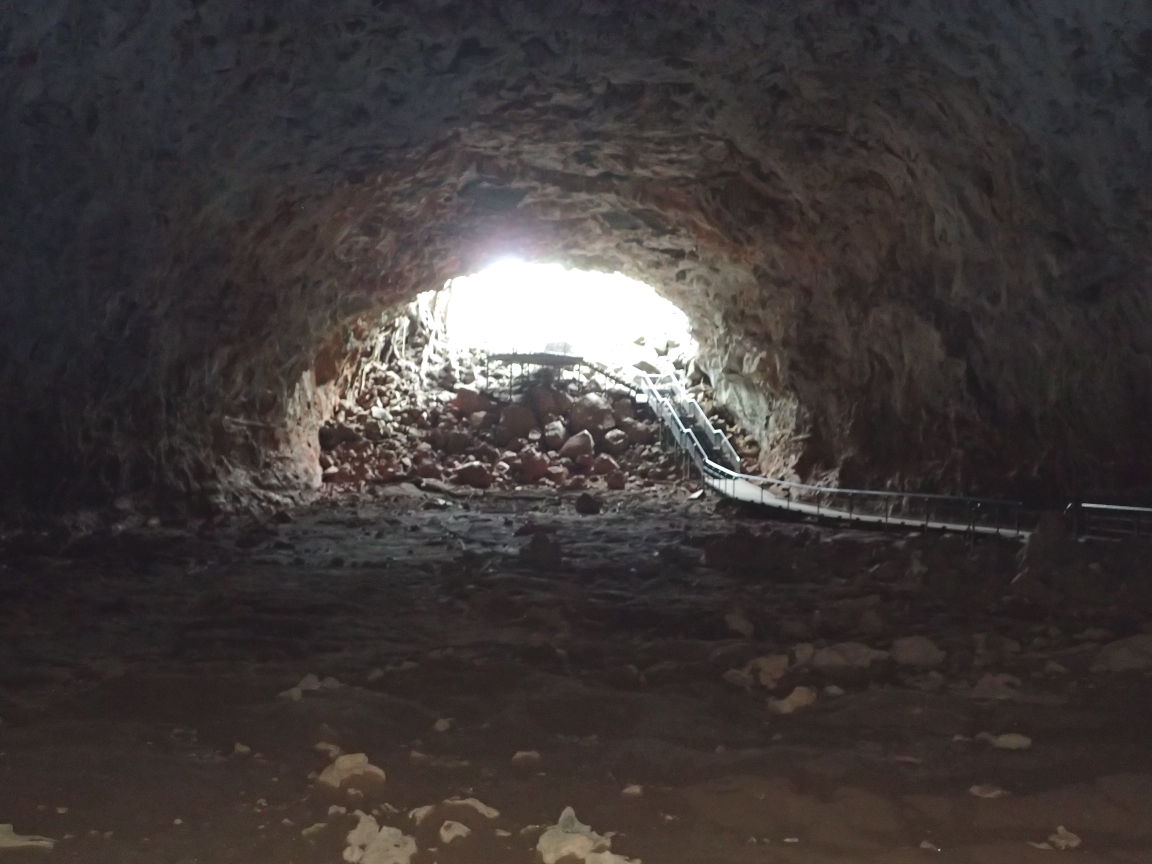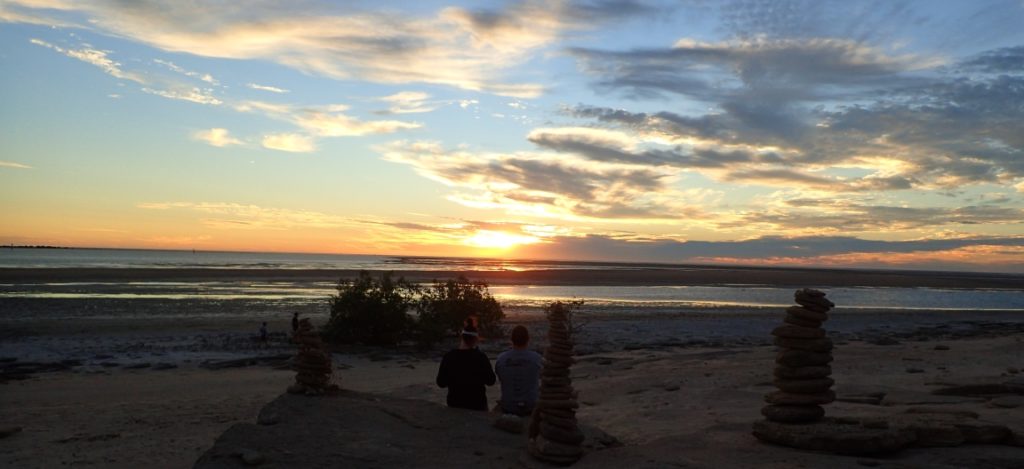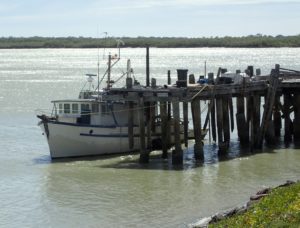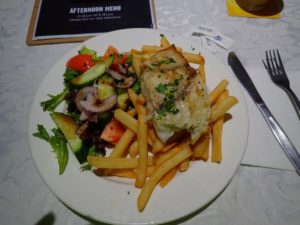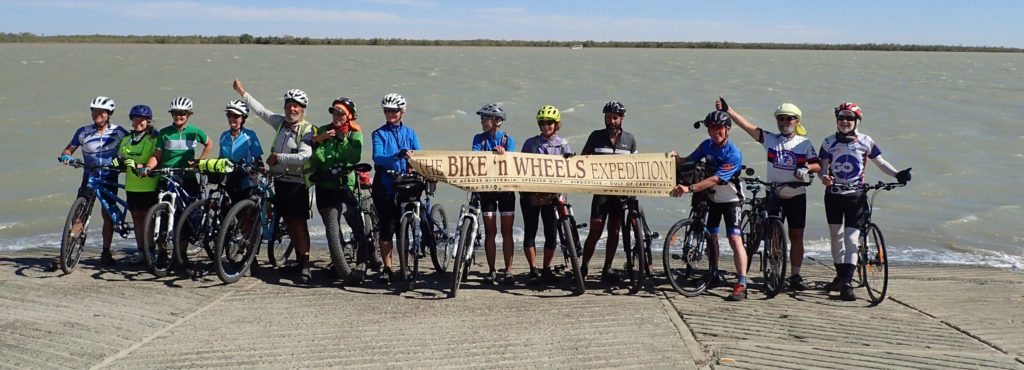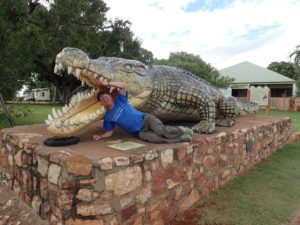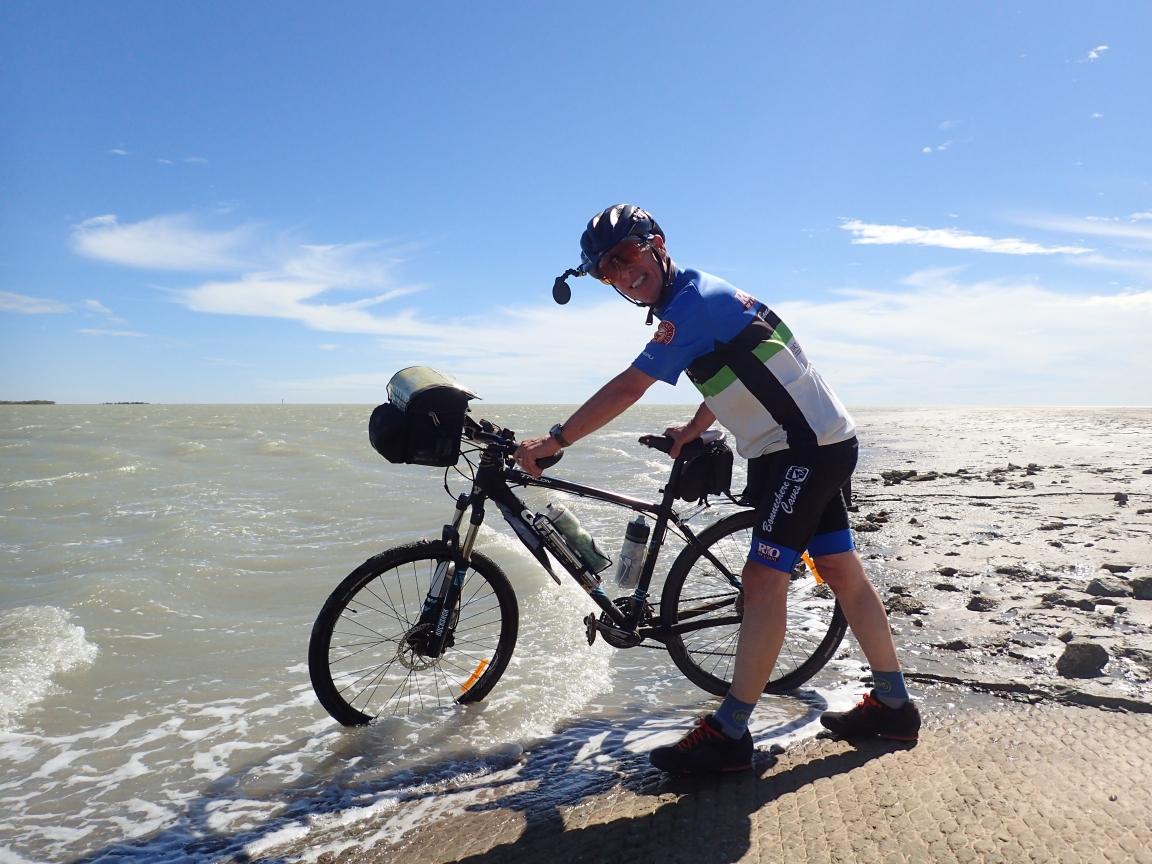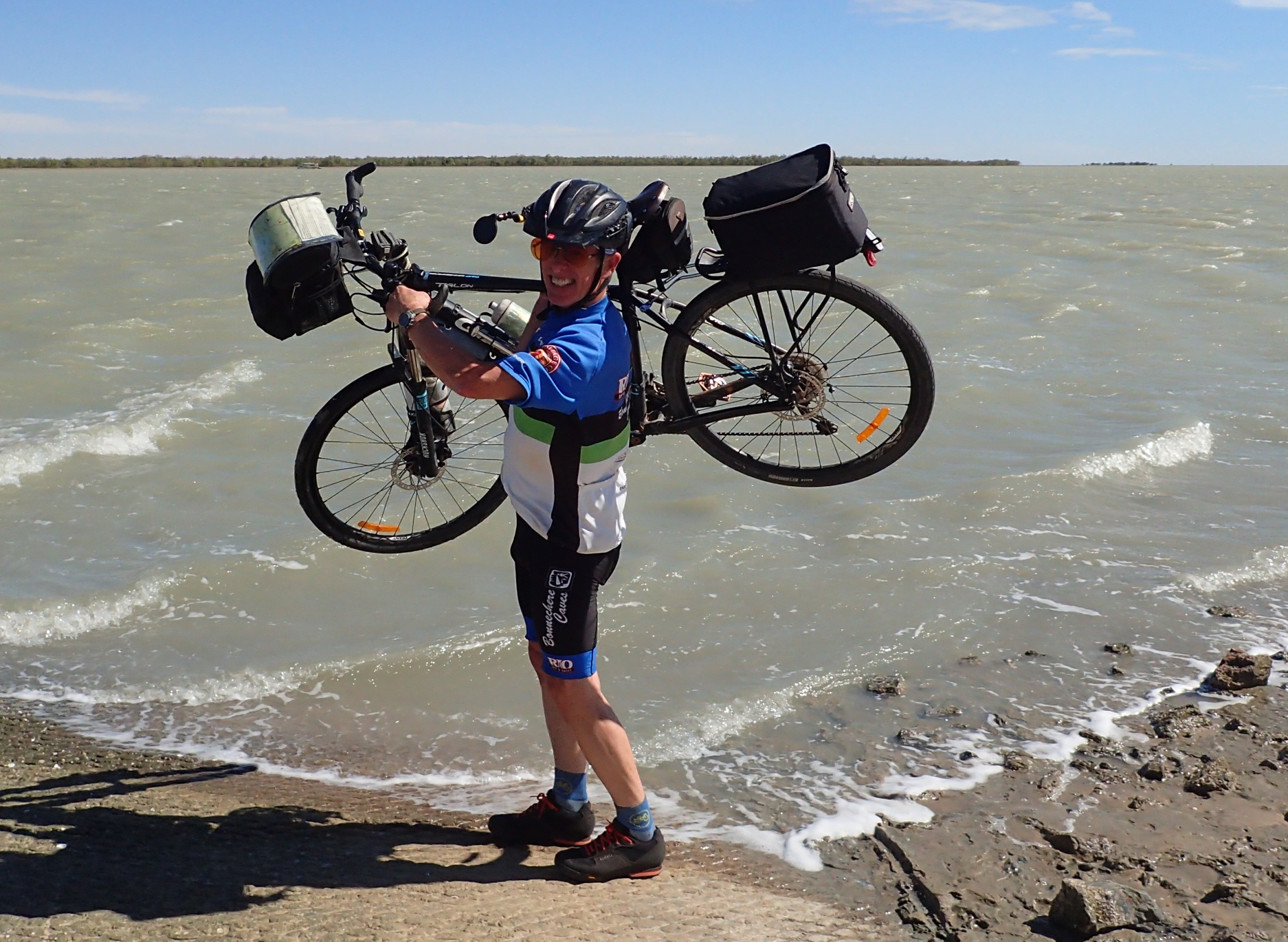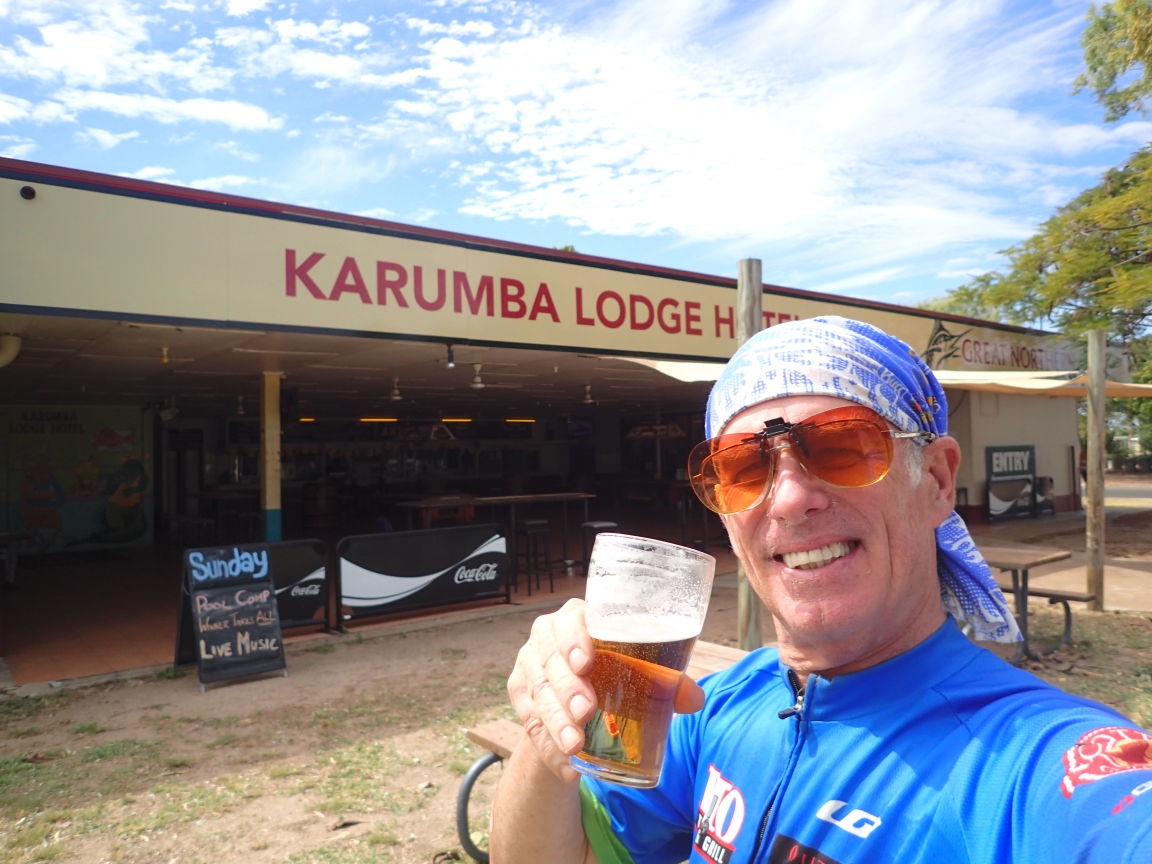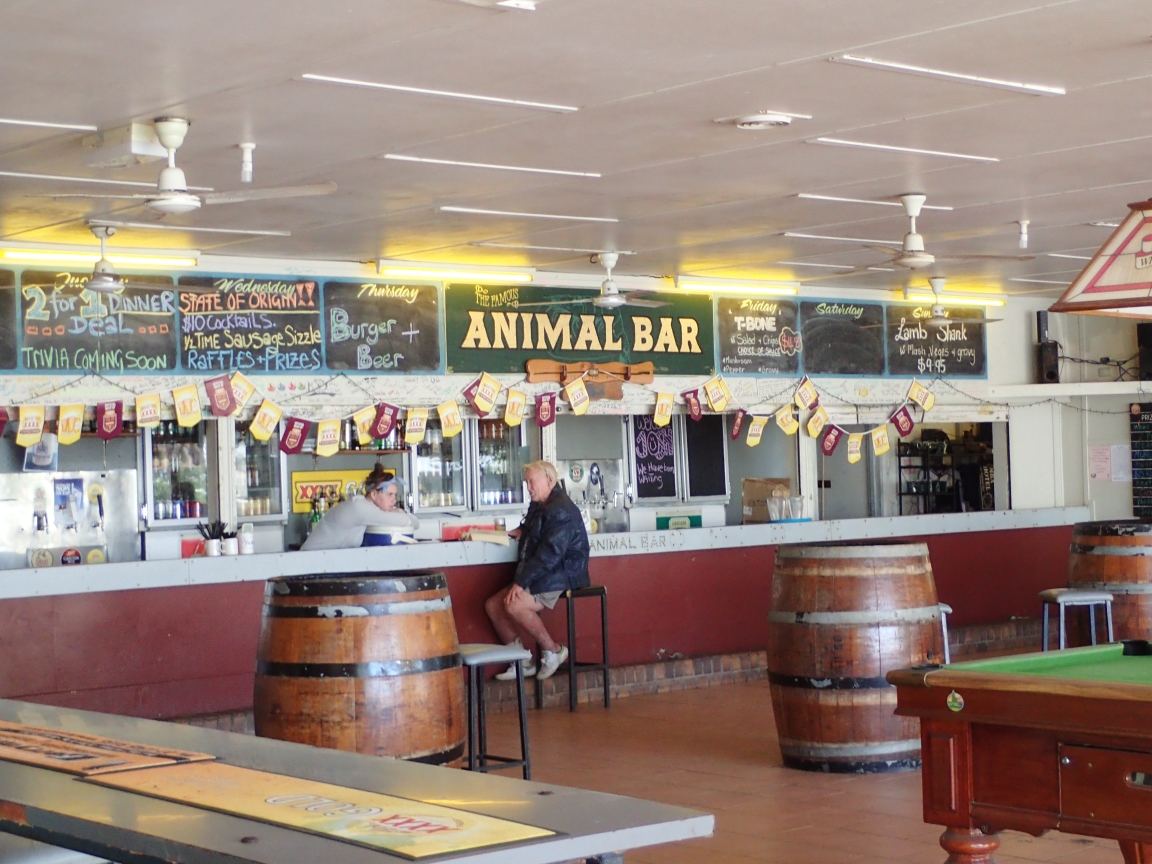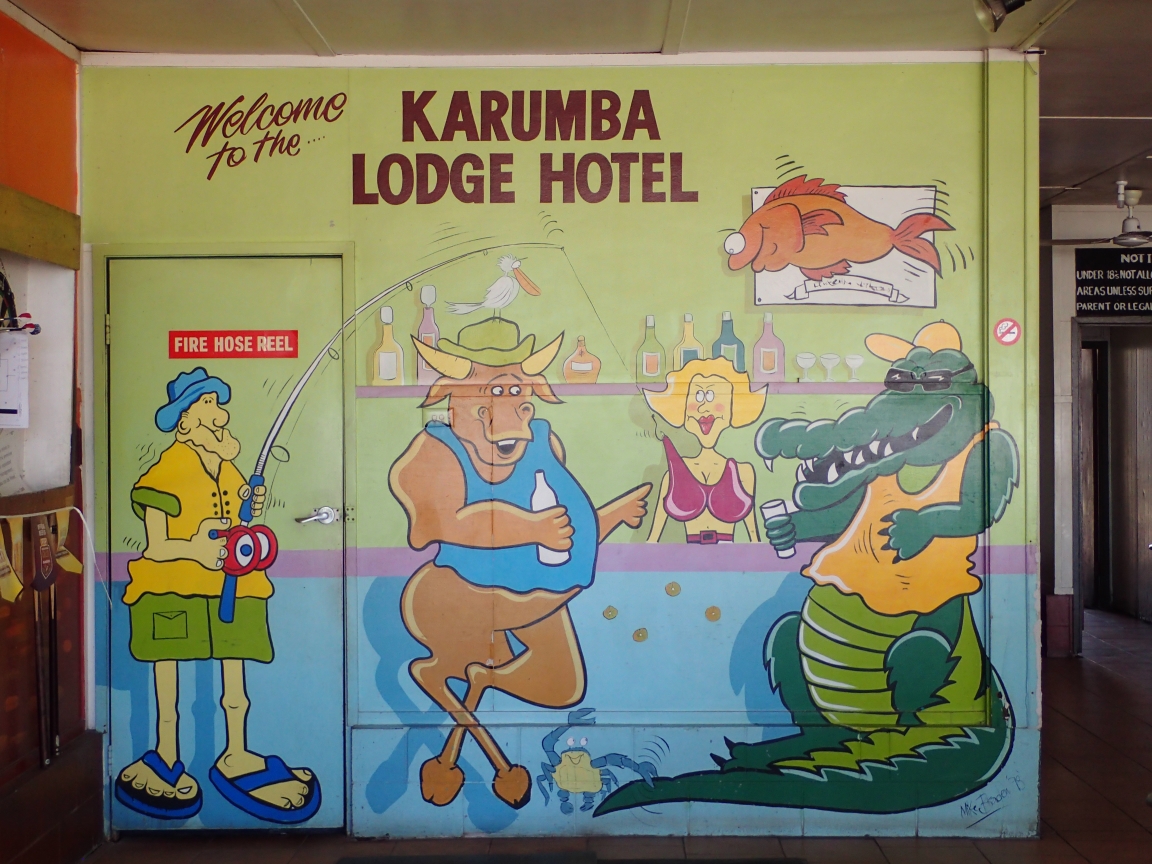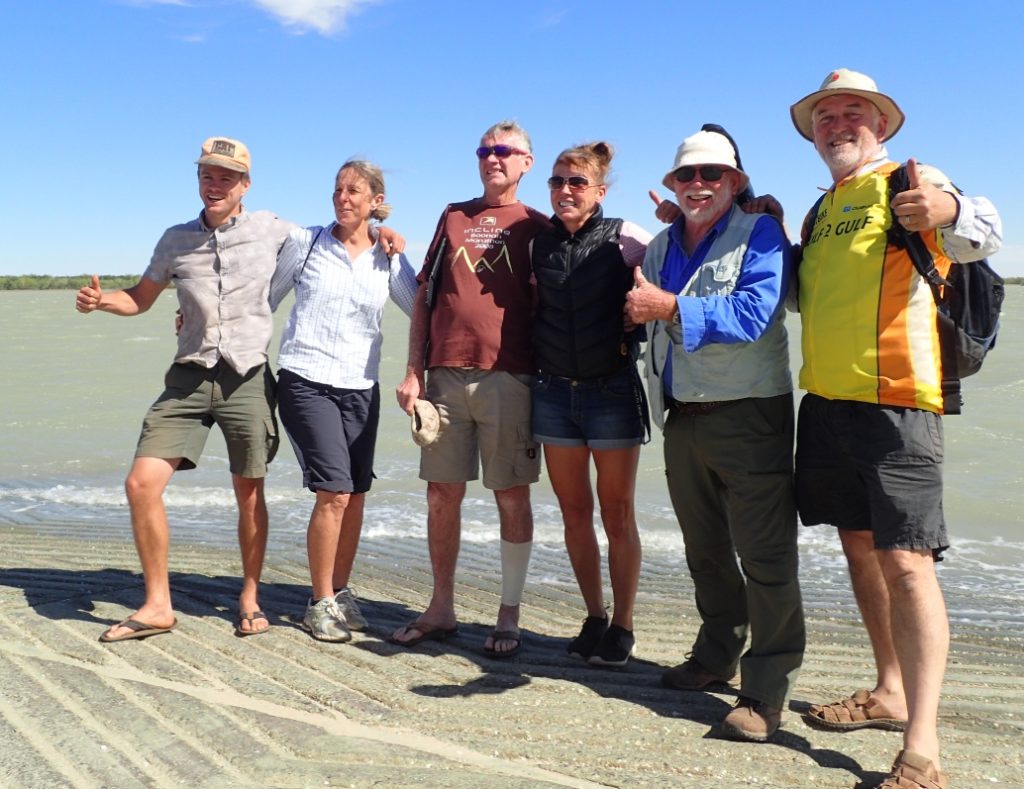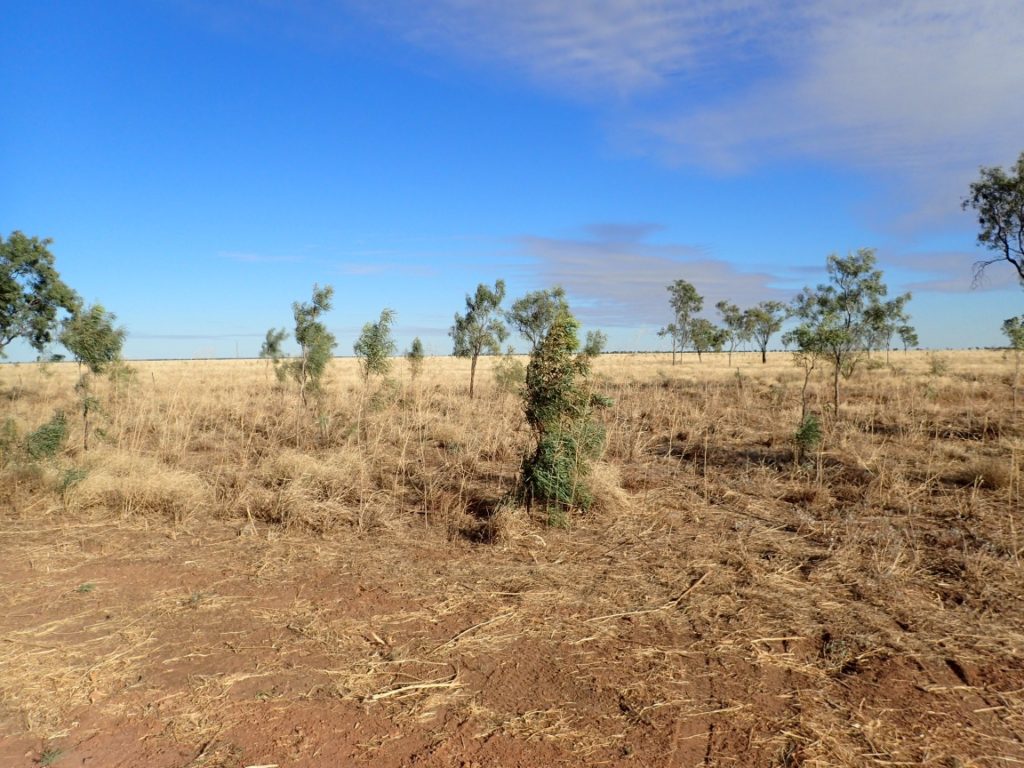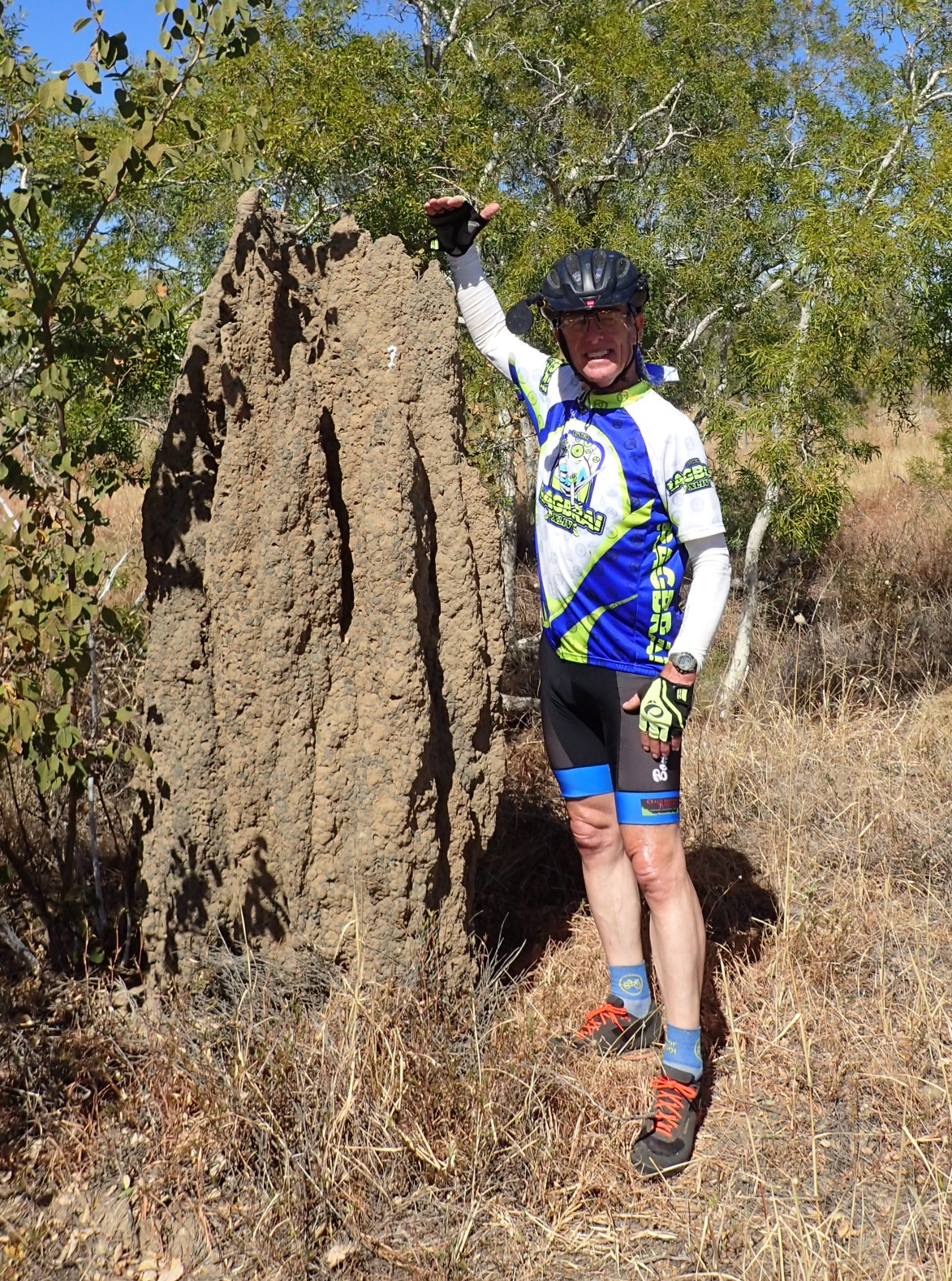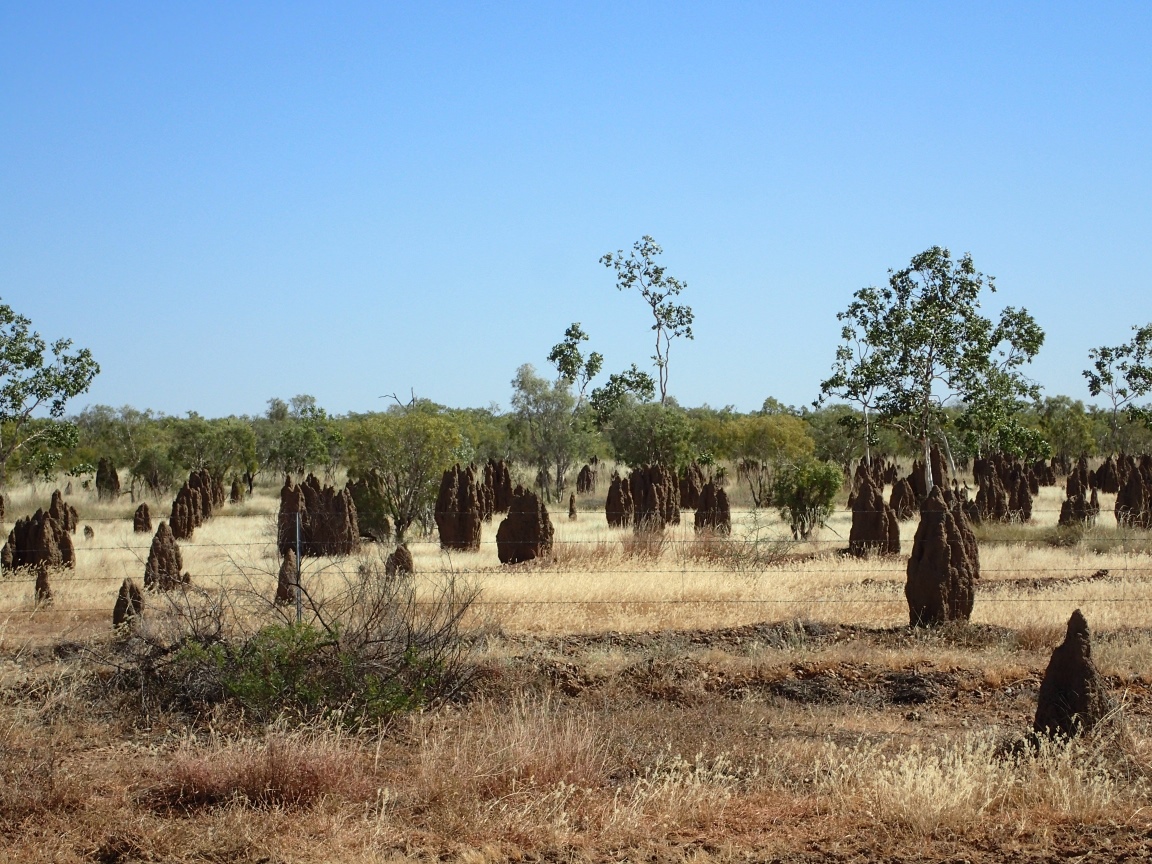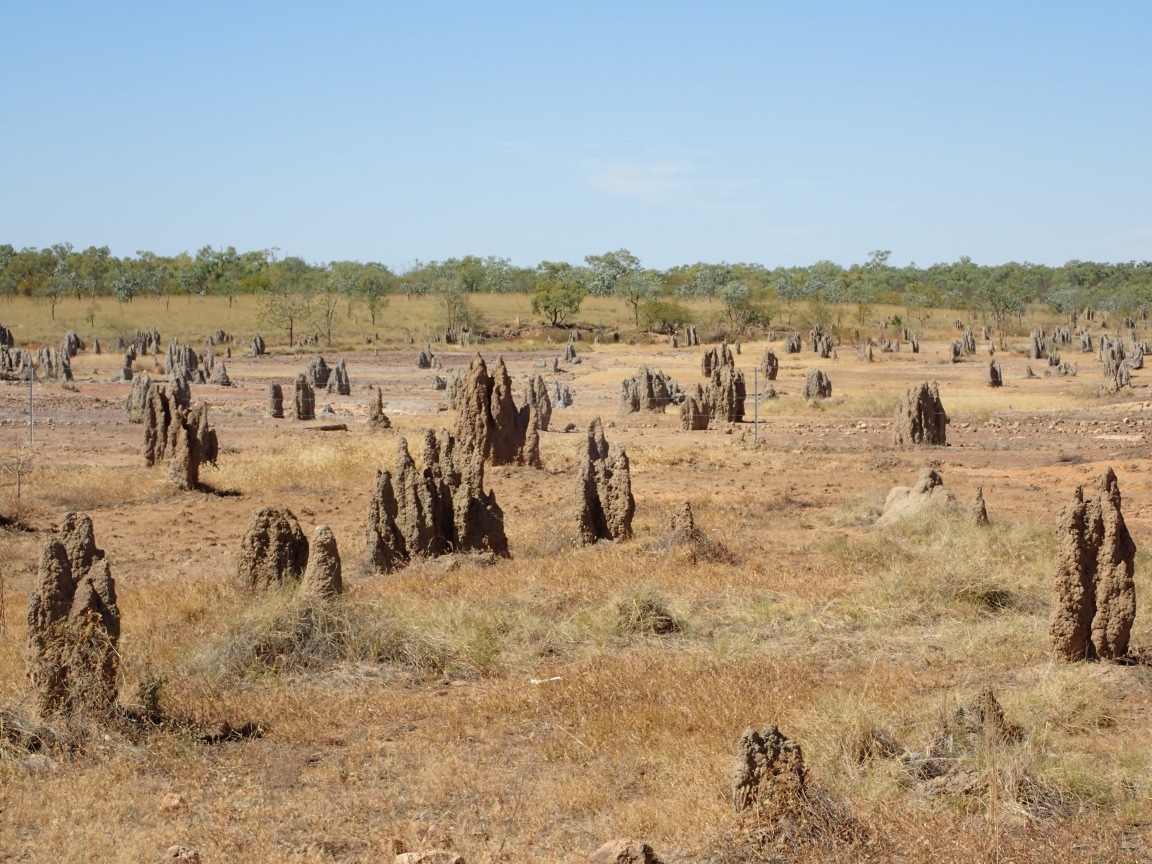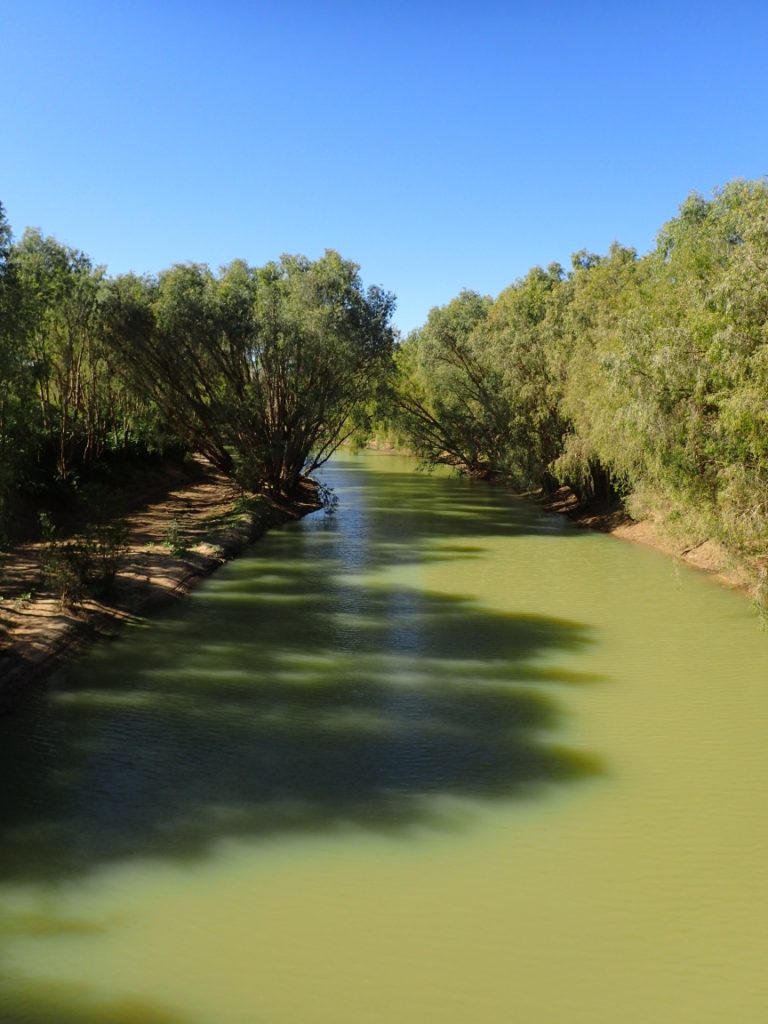An Epilogue
(Apologies to Sergio Leone)
Some afterthoughts on my journey across the Continent of Australia:
Any journey leaves a mix of impressions. There are ups and downs, good times and times not so great. It is the overall experience that counts and how you view the experience is largely a part of if you are a glass half empty or half full mentality. I tend to be the latter. Things are what we make them much of the time and how good a time you have on a journey can often be restricted by a poor attitude. So chin up buckaroo and make the best of it. That said, here are my highs and lows.
The Ugly:

Without a doubt, road trains. These 50 metre long behemoths are rolling dust buckets and walls of wind. On narrow, gravel and one lane roads they require you to exit the roadway as far as you can and shield your face from the blast of dust, dirt and pebbles that follow them. The people who drive them are to be admired. It has to be a tough and nasty job especially when your road train is full of sheep or cattle. Two, three and four trailers long they snake along at 80 km/h or faster. Keeping one on the road in a cross wind has to be a herculean task. Hats off to the drivers but I dreaded seeing one heading my way.
The Bad:

Flies. Thousands of flies. Millions of flies. Flies wholesale. Flies retail. Flies in your eyes, your ears, your breakfast, your sandwich and your drink. Even in the wind they hitch rides on your back and greet you when you stop. They live on your sweat and cattle dung. The are as much a part of the Outback as the air you breath and frequently share that with you as well. I could have done without them.
The floods that blocked our way and the rough roads they left behind.
The Good:
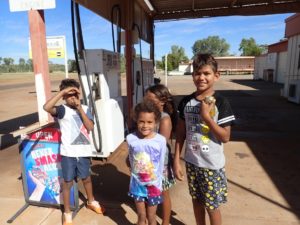
The people. The wonderful, kind, helpful, colourful people of the Outback. The station keepers. The pub owners and workers. The few and far between townspeople who love to share their tales and make your way an easier one. The Aboriginal Australians who care for the land and know the lessons of how to survive where other perish. All of these people made my journey one to cherish.
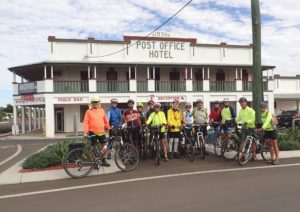
The fellowship. The fellow riders, the staff that moved our belongings, gear and kept us fed. More than fellow passenger on a journey, more than people doing a job, we formed a family of sorts on this trip. We looked after each other, helped each other, fixed things, offered encouragement and even medical aid when needed. A great bunch of people and a greater journey because of the fellowship we shared.
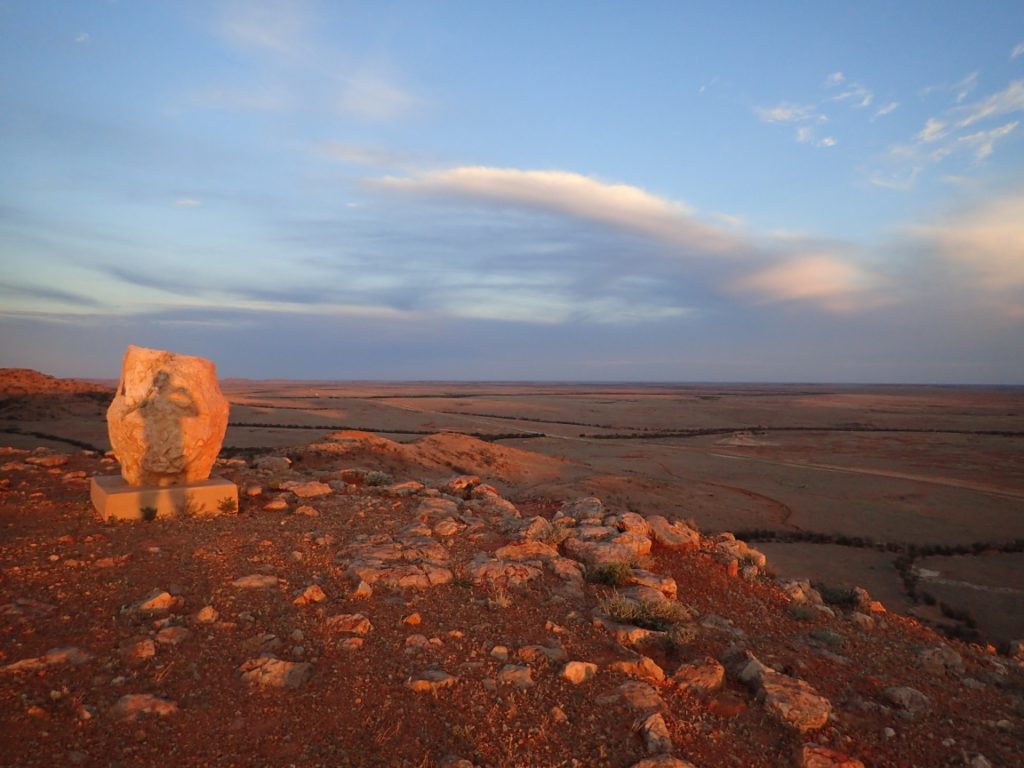
The land. The Outback fills a place in the Australian psyche similar to the north to Canadians or the pioneer west to Americans. It represents the hard as an iron skillet, root hog or die mentality that formed the backbone of this nation and its people. It is part of their identity and always close to their heart. It can look bleak and forbidding. It can break or kill a body but it has a charm and a beauty if you look closely and I looked. The beauty was there even when the scenery seemed the same, mile after mile. All I needed to do was look up and appreciate the great, wide and brown landscape that touched the sky.
If you go, go with the right state of mind. Go with the right people. And go let yourself have an epic journey.

